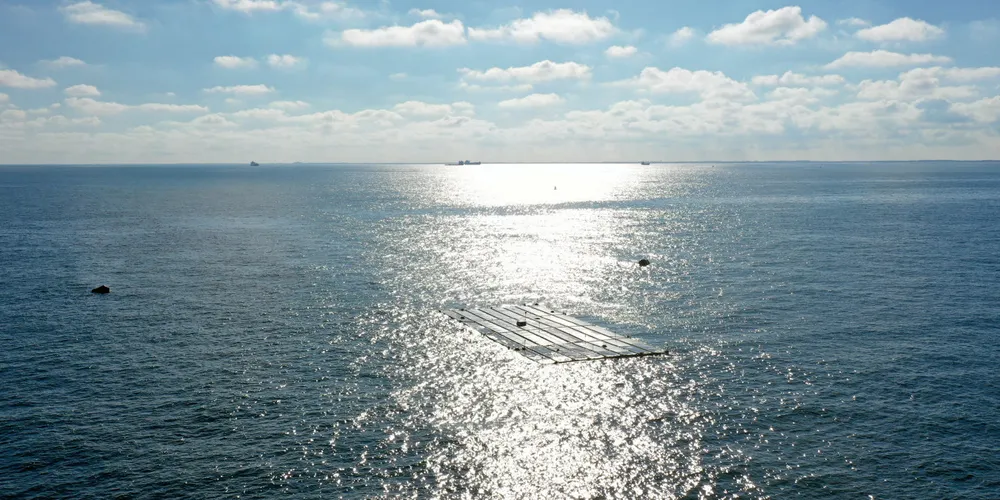'World first' solar array at sea to be built at Shell-led offshore wind farm off the Netherlands
Floating panels developed by Oceans of Energy to be installed around wind turbines in landmark project at 'high wave' site off Egmond aan Zee

Floating panels developed by Oceans of Energy to be installed around wind turbines in landmark project at 'high wave' site off Egmond aan Zee
